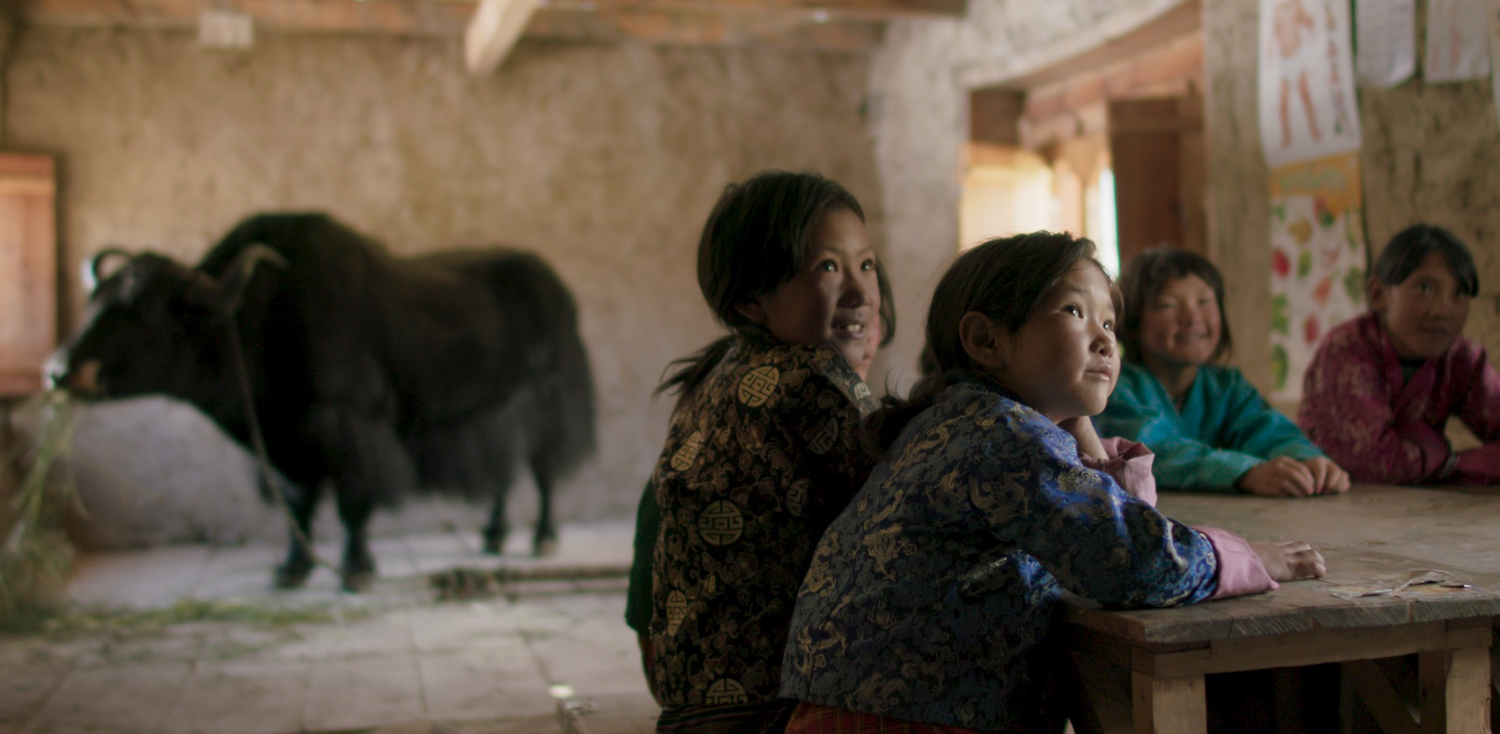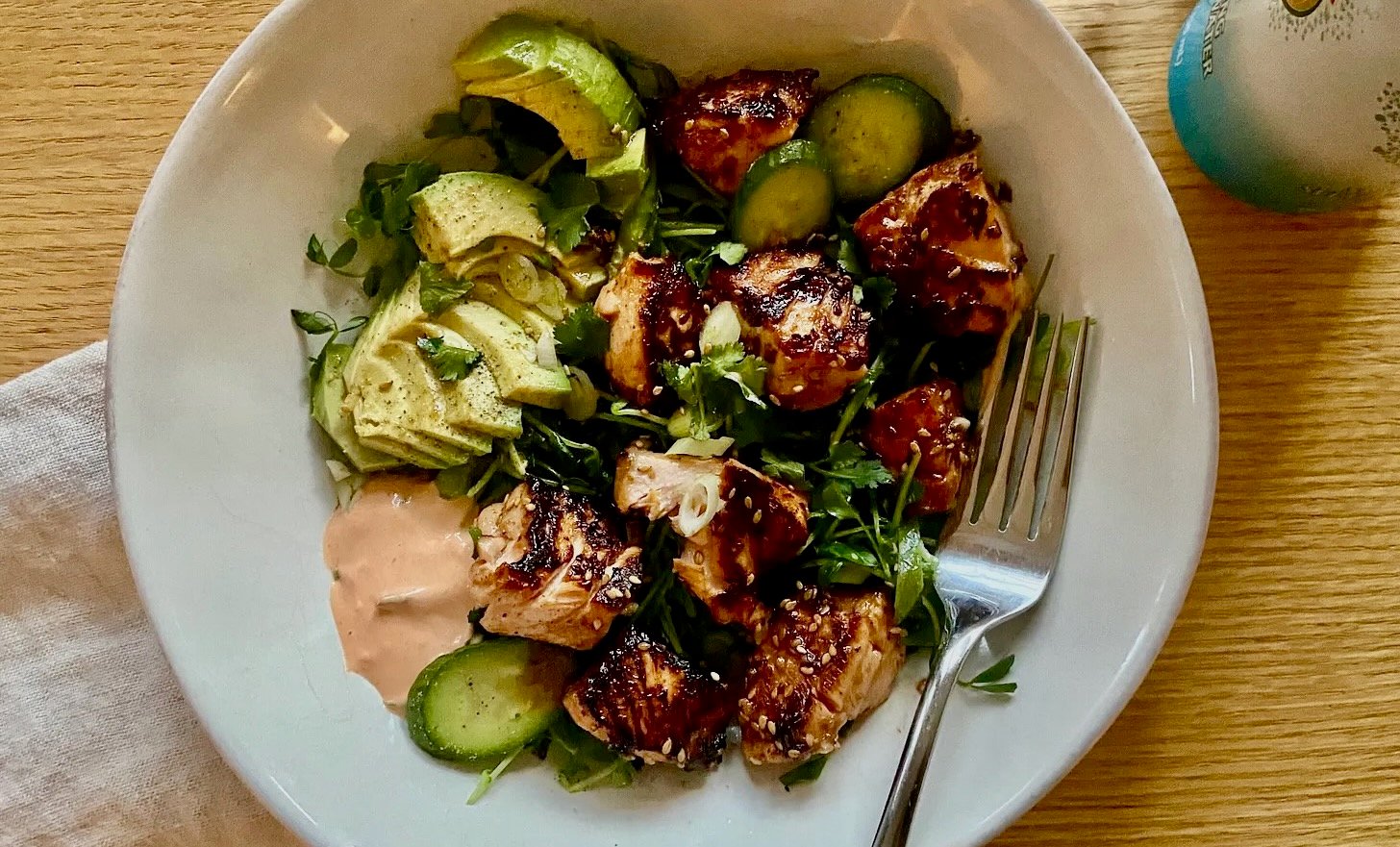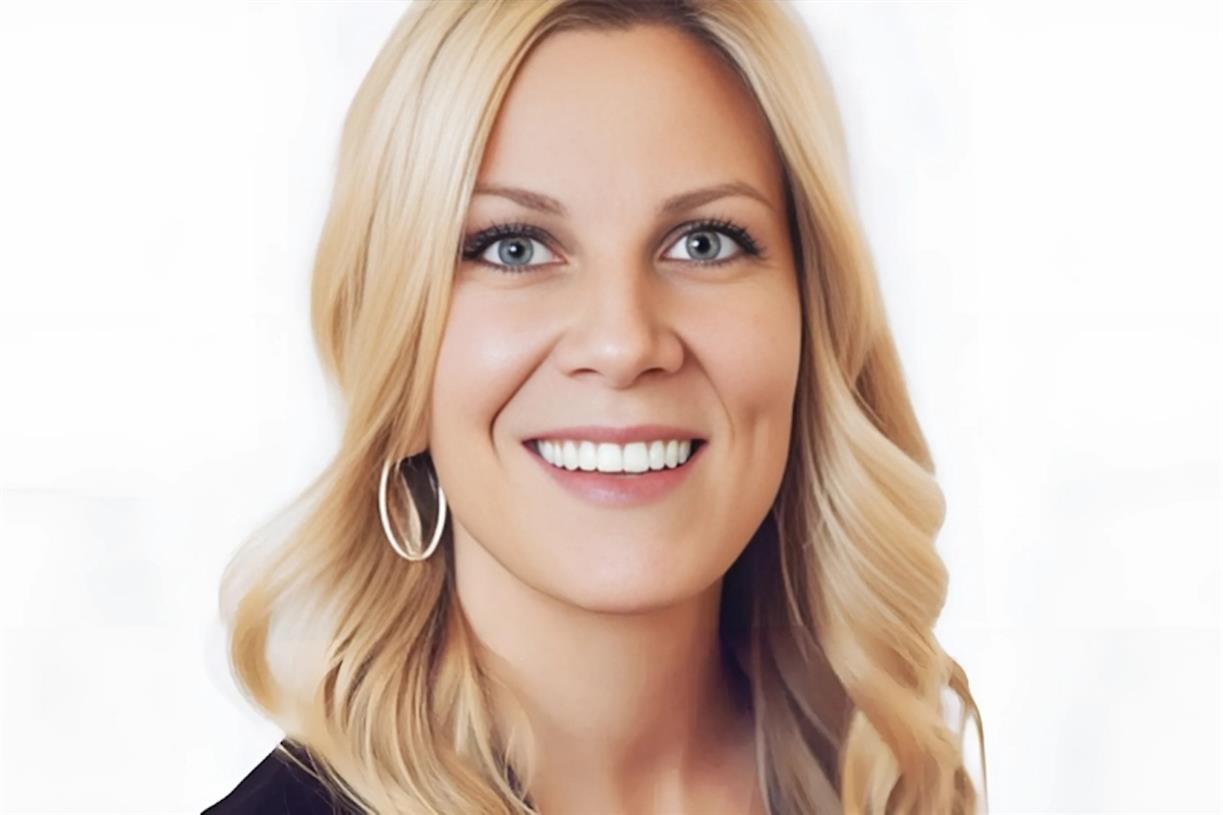What It Means to Become a Peacemaker
Trusting the heart’s intelligence can help us engage from a place of wisdom and compassion The post What It Means to Become a Peacemaker appeared first on Tricycle: The Buddhist Review.

 Photo by Christopher Sardegna
Photo by Christopher SardegnaSince returning home from four weeks of a silent mindfulness retreat without access to WiFi or news sources, I have been feeling raw and overwhelmed by the pain and suffering in our world. The invasion of Ukraine started just before I began my retreat on February 27. On the second day of war, a young Ukranian man, one of my son’s friends from medical school in the UK, jumped to his death off a university building. He was just three months away from being a doctor. Tragedy was, and still is, everywhere. During the retreat, the locus of my awareness sank from my thinking mind, my prefrontal cortex, to my heart. It seems to me that wisdom and compassion arise from there, allowing us to engage as peacemakers with our wounded world. In other words, to become peacemakers, we first need to build peace within our own hearts—those mysterious organs of physiological, psychological, and spiritual perception and connection.
During those four long weeks of silence, I sank deeper and deeper into my core and found myself moving from my personal concerns to a wider, deeper sense of caring. I felt as though I could feel the collective web of life reverberating with the pain and trauma shaking our world. I took time to explore what it means to be aware and to be human. For me, human conditioning is a co-arising of sensing, feeling, thinking, and doing, which leads us either to hurt or love. Often we find ourselves at a crossroad between reacting to old painful patterns and current triggers, or, alternatively, pausing, reflecting, and then responding with wisdom and care.
According to Buddhist philosophy, all life arises out of the field quality of awareness and dissolves back into it. Conceptualizing and identifying as a separate self causes us to suffer. Ruled by fear, we get stuck in defending our self-image, our tribe, and our possessions, which leads to an “us versus them” quality of perceiving each other, often manifesting in mistrust and competition. However, the more we become aware and in touch with the immeasurable, vast, and sacred field of awareness, the more those perceived disparities fall away. Realizing that we are inter-beings, we can relate and respond in a wise and openhearted way.
The Heart’s Intelligence
Modern culture often separates awareness from a feeling quality; when people think of awareness, they think about attention and thinking. However, awareness has always had a profoundly feeling and relational quality. We might call this the heart’s intelligence.
The thirteenth-century Persian poet Rumi talks about the heart’s intelligence when he says, “Out beyond ideas of wrongdoing and right doing, there is a field. I’ll meet you there.” The heart intuits the whole, while the conceptual mind usually analyzes and divides. Love or compassion arises when awareness and its feeling quality are fused. A deep understanding of this dynamic helps us to become truly human, which means fully aware, openhearted, and engaged.
Our heart’s intelligence resonates with the field of awareness—the vast, immeasurable groundless ground of everything. By bringing the personal and the universal together, we come into balance. Then we long for suffering to subside and to make space for healing.
Settling In
Often we leap into action, usually with good intentions, before settling into our hearts. But when we take the time to practice heartfulness, or heart awareness, then whatever we do will come from a qualitatively higher place.
As my heart and mind became increasingly quiet on this four-week-long retreat, I began to know that peace is possible. It was important for me to deeply understand this, to let it sink from the thinking mind to a place way deeper in myself. By listening deeply from this quiet place, I realized that I longed to lay my prejudices and preconceived notions to rest. The possibility opened that there is another way of seeing and understanding.
One day during the retreat, I sat on a grassy hill meditating with the warm evening breeze brushing over my face. For hours, I watched a string of ants cross a small path while going in their own directed ways, carrying tiny bits of this and that to build their dwellings. These tiny beings together make up this intelligent, dynamic, intertwined super-organism. In that moment I had a deep insight of all our interconnectedness and interdependence.
This feeling has carried forward into now. When I shift my gaze from the wonder of this dynamic wholeness and look at our world, with horrific wars in Ukraine and Yemen, which are just the tip of the iceberg of suffering in our world, my heart breaks open and I feel such sadness. Feeling the extreme isolation, polarization and agony that follows these wars, I realize how it’s all, in a very tragic and unnecessary way, the opposite of being interconnected and whole. Seeing sorrow and agony after having tasted peace and interdependence brings me to a place of solidarity and togetherness with those who are suffering. My sadness, now rooted in the groundless ground, affords me a wider, bigger space in my heart and the desire to stay present to the suffering, no matter what. This is how we engage from a place of wisdom and compassion.
There are many ways to be connected with others through engagement, service, activism, or quiet, contemplative prayer. Our place of engagement can be abstract or practical. In fact, it can have innumerable forms. As the Dalai Lama said when I heard him speak in Dharamsala in 2019, “I can trust my heart’s intentions.” Or, when our engagement comes from a place of wisdom and love, we can have faith in its integrity, direction, and weight. When our intentions come from the place where “our little hearts beat in unison with the big heart of the world,” as novelist Henry Miller wrote, then we can trust ourselves. With faith in our heart’s intentions, we become peacemakers in our wounded world.
***
The following are five steps that prepare us to become peacemakers, inclined to healing personal and societal wounds:
Recognize that peace, deep peace, is possible. Set an intention for practice, which means setting aside time to stay connected to our hearts and the great heart of the world. Listen deeply to the other side, especially when others’ opinions differ from your own. Recognize interdependence and our part in the order of things; then we know that we all are kin, we are all family. Engage from a place of compassion and wisdom.
Get Daily Dharma in your email
Start your day with a fresh perspective

Explore timeless teachings through modern methods.
With Stephen Batchelor, Sharon Salzberg, Andrew Olendzki, and more
![]()
Thank you for subscribing to Tricycle! As a nonprofit, we depend on readers like you to keep Buddhist teachings and practices widely available.
This article is only for Subscribers!
Subscribe now to read this article and get immediate access to everything else.
Already a subscriber? Log in.

 Hollif
Hollif 





























.jpg&h=630&w=1200&q=100&v=6e07dc5773&c=1)

